On Friday, September 24, the Biden administration will host the first in-person leaders’ summit of the “Quad,” a quadrilateral grouping comprised of Australia, India, Japan, and the United States. Established in 2007 as an informal security dialogue, the Quad faded away over the years but was revived during the Trump administration owing to shared concerns over China’s assertiveness in the Indo-Pacific region. This week’s summit is expected to codify an expanded agenda and launch several new initiatives to promote a free and open Indo-Pacific. The gathering will be held at the White House with the prime ministers of Australia, India, and Japan all in attendance. Not surprisingly, China has slammed the Quad as an exclusive clique based on a zero-sum mentality, recently warning that the summit shouldn’t “target a third party or undermine its interests.”
The Biden administration’s embrace of the Quad is emblematic of its approach to China more broadly, framed as competitive when it should be, collaborative when it can be, and adversarial when it must be. In addition to building up strength at home, the administration is carrying out this approach by working more closely with allies and like-minded nations to blunt China’s ambitions and temper its aggressive behavior on the regional and world stage. The most recent manifestation of this approach is the formation last week of the trilateral AUKUS security partnership in the Indo-Pacific — under which Australia will acquire nuclear-powered submarines, drawing on U.S. and British technology.
ASEAN PERCEPTIONS OF THE QUAD
In Southeast Asia, a hotbed of U.S.-China rivalry, the Quad has been greeted with unease by the Association of Southeast Asian Nations (ASEAN). Perceptions vary by country, with Vietnam participating in pandemic-related dialogues with Quad members and other partners. But most ASEAN nations remain suspicious of the four-country grouping, seeing it as a challenge to “ASEAN centrality,” the notion that ASEAN provides the central platform within which regional institutions are anchored. Simply put, the Quad’s revival has triggered worries about where ASEAN fits into the evolving regional architecture. The “Indo-Pacific” discourse is also viewed skeptically as a thinly-veiled containment strategy against China, with potentially destabilizing implications for the region. Although many Southeast Asians are deeply worried about China’s growing influence and aggressive actions in the South China Sea, they largely prefer to manage China’s rise by engaging and “enmeshing” Beijing in ASEAN institutions and mechanisms, rather than relying on a counter-coalition of major powers.
Yet, while ASEAN remains skeptical of the Quad, it has generally welcomed efforts of the Biden administration and other Quad members to expand the grouping beyond security, as announced at the group’s virtual debut leaders-level summit last March, to include a new vaccine partnership as well as working groups on climate change and emerging technologies. In this new framing, the Quad is not just a collection of democracies with shared concerns about China, but a potential source of public goods for Southeast Asia and the broader Indo-Pacific region.
Going forward, a critical question is whether the Quad and ASEAN can cooperate in the provision of these public goods. This cooperation could begin with technical-level communication and exchange between Quad working groups and existing ASEAN mechanisms, such as the ASEAN Working Group on Climate Change — or perhaps more loosely through ASEAN-affiliated initiatives and institutions such as the ASEAN Catalytic Green Finance Facility under the Asian Development Bank, or the ASEAN Center for Sustainable Development Studies and Dialogue in Bangkok. It could also build on individual country engagements like U.S. support for the new regional office of the U.S. Centers for Disease Control in Hanoi, which could support pandemic prevention initiatives in other ASEAN countries in coordination with Quad partners.
THE QUAD SUMMIT
The upcoming summit aims to sustain this focus on public goods provision by advancing practical cooperation to combat COVID-19, addressing the climate crisis, and partnering on emerging technologies and cyberspace, according to the White House. The summit will reportedly also result in new commitments on vaccine distribution and infrastructure.
ASEAN countries desperately need access to more vaccines and appreciate the roughly 25 million doses the United States had contributed to the region so far. From a broader strategic perspective, however, regional policymakers and analysts will be particularly interested to see whether the Quad — and especially the United States — can do more on infrastructure and other economic domains, providing some balance to China’s expanding economic role in the region. As U.S.-China rivalry has escalated in Southeast Asia, Beijing is increasingly achieving its strategic goals through economic statecraft, illustrated by its Belt and Road Initiative (BRI) and proactive role in forming the new Regional Comprehensive Economic Partnership (RCEP), the mega trade deal that is expected to accelerate ASEAN’s economic integration with China.
As if to one-up the Quad, Chinese economic diplomacy has gone into overdrive in advance of the summit. Just last week, China formally applied to join the 11-member Comprehensive and Progressive Agreement for Trans-Pacific Partnership, the successor to the Trans-Pacific Partnership that Japan kept alive after President Donald Trump pulled the United States out. Beijing also held a virtual summit earlier this month with most RCEP signatories, including ASEAN countries, to ensure that the new trade agreement can enter into force by early January 2022 as targeted. In addition, it convened a virtual meeting with ASEAN on BRI, where ASEAN ministers asked Beijing to further increase Chinese infrastructure investment to support economic recovery from the pandemic.
China’s growing economic influence presents formidable challenges both to the Quad and to the United States. For Washington, the challenge is to move beyond the prevailing security-centric paradigm and dramatically improve America’s economic game in Southeast Asia. In the infrastructure domain, one opportunity is to operationalize existing platforms with Quad partners, such as the 2018 Trilateral Partnership for Infrastructure Investment in the Indo-Pacific with Japan and Australia. For the Quad itself, the challenge is to design and implement practical steps toward realizing and sustaining its expanded focus on public goods provision — ideally in close cooperation with ASEAN.
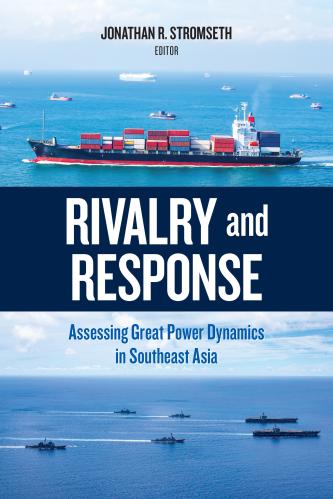
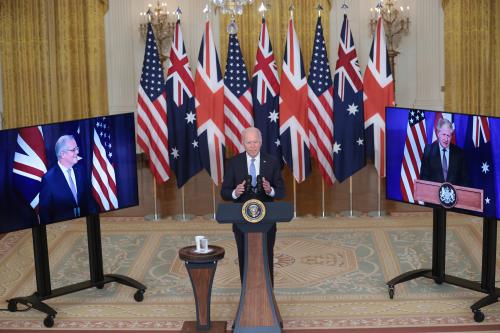
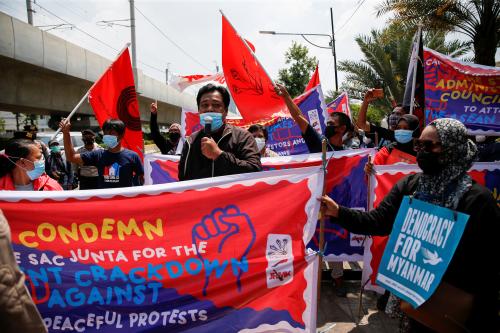
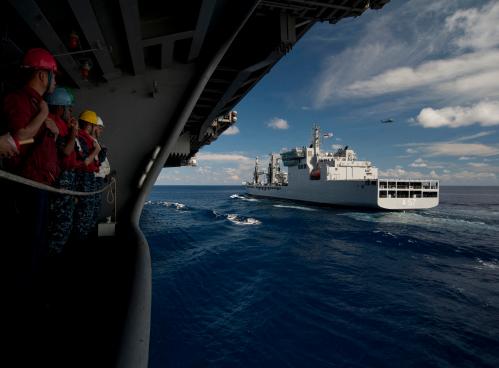

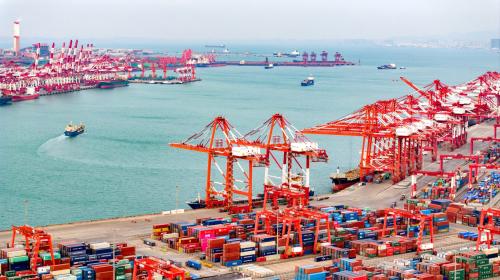

Commentary
ASEAN and the Quad: Strategic impasse or avenue for cooperation?
September 23, 2021